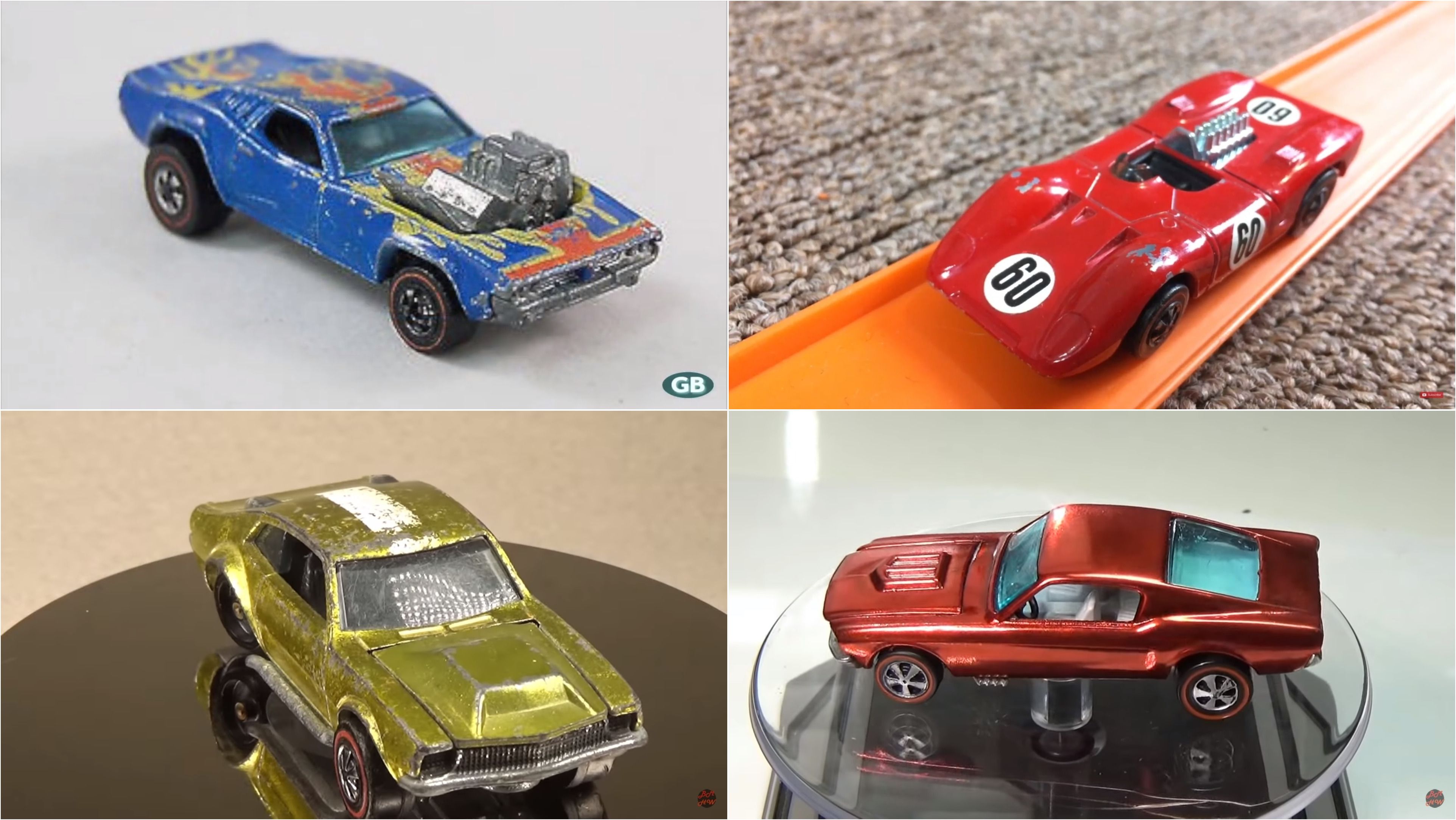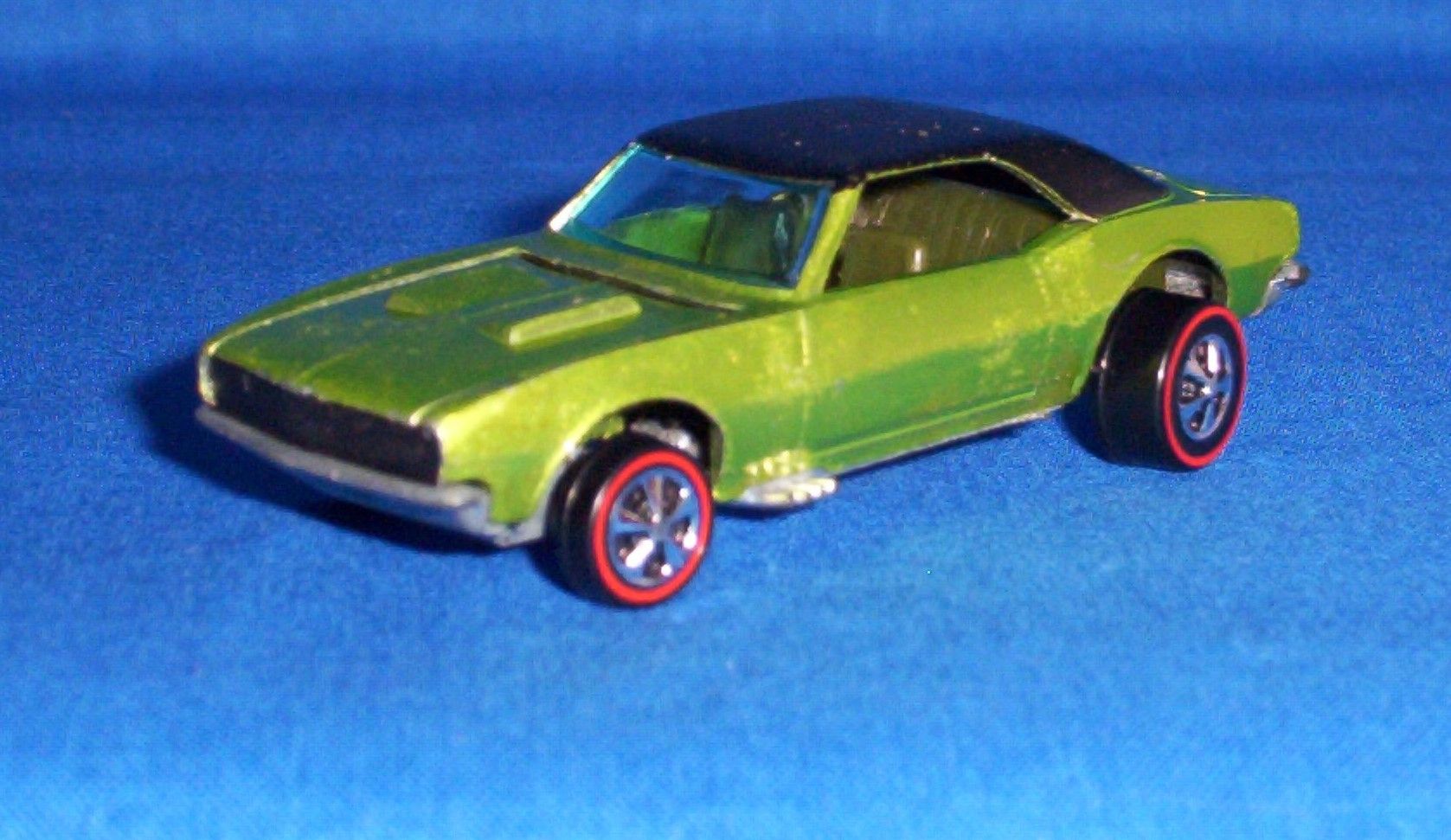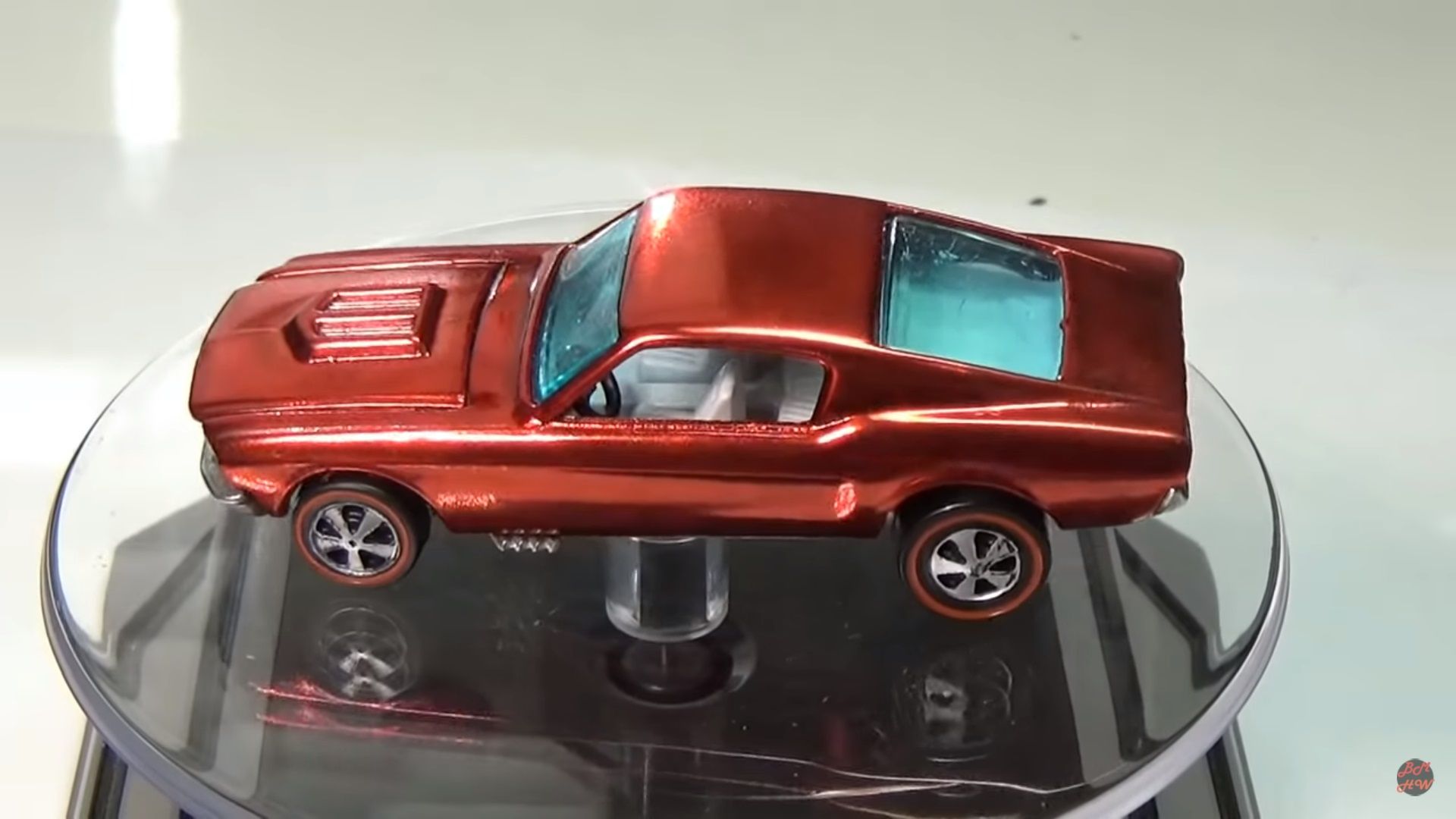The Hot Wheels fandom is real, and it also happens to be lucrative. As one of the most popular toy lines in history, Hot Wheels has become more than just its own product; it’s become a frenzied hobby under the toy and collectible ecosystem. And like most hobbies that have developed a strong fan base, collecting Hot Wheels castings has become a lucrative endeavor.
Rare versions and unreleased prototypes command top dollar these days, and the amount that they typically go for will make your eyes pop out. Some Hot Wheels castings are understandably more expensive than others. That’s especially true for the models we identified on this list of Hot Wheels that are worth a small fortune these days.
How to tell which Hot Wheels are valuable?
But the holy Hot Wheels grails are typically those of the prototype variety. These are castings that never went on sale and were never released to the public.
What scale are Hot Wheels?
Hot Wheels are typically promoted as 1:64 scale toy cars, but 1:64 is only a nominal scale that’s widely used in the diecast automobile business. Diecast toys are usually made to “box scale,” which means that the size of a specific model is largely determined by the size of its packaging which means that the size of a specific model is largely determined by the size of its packaging}}.
When did Hot Wheels come out?
Hot Wheels was released in the U.S. market by toymaker Mattel on May 11, 1968. Sixteen toy castings made up the first release, all of which were part of the first Red Line Series. These 16 castings have since been given the nickname "The Original Sweet Sixteen."
The Rodger Dodgers
Mention the words “Rodger Dodgers” to a Hot Wheels aficionado and the next thing you’ll hear will be the words “which one"? First issued in 1974, the Rodger Dodger is an original casting based on the 1973 Dodge Charger SE with a triple opera window option and a huge motor coming out of the hood.
One is the Enamel Plum with the orange and yellow flames and a white interior — a similar make with a black interior isn’t rare — and the other is the Enamel Blue with the orange and yellow flames. Only seven units of the blue Rodger Dodger are known to exist.
Olds 442
The Olds 442 is one of the most sought-after Hot Wheels castings in history. Based on the 1970 Oldsmobile 442, the Olds 442 is so hard to find that all versions of the casting that were released during the toy’s Redline era (1968 to 1977) are all considered rarities. The crown jewel of the lot, though, is the Spectraflame Purple casting with a white stars-and-stripes decal sheet and a white interior. Find one of these in the wild and prepare to shell out as much as $7,000 for it.
Red Baron
The Red Baron remains one of the most unique Hot Wheels cars ever created. Rumored to have been inspired by Snoopy’s imaginary battles with the Red Baron in the Peanuts cartoon series, the Hot Wheels casting was first launched in 1970 with a Spectraflame Red flame featuring a German infantry helmet from WWI and an Iron Cross motif on the radiator.
The latter is rumored to be incredibly rare with an estimated value of around $4,000. Just how unique and popular was the 1970 Hot Wheels Red Baron? It appeared in Toy Story, among other famous toys.
Beatnik Bandit
The Beatnik Bandit holds a special place in the hearts of Hot Wheels collectors. Based on the car of the same name that was designed by Rat Fink’s Ed “Big Daddy” Roth, the Bandit was launched in 1968 as part of the first sixteen Hot Wheels ever created, making it a member of the toy maker’s Sweet Sixteen roster. The Bandit comes in a variety of colors spanning the entire color palette, but there’s one color, in particular, that’s considered the rarest of the rare. Most colorways will attract a good chunk of change, but it’s the Spectraflame Hot Pink Beatnik Bandit with the white interior that will attract somebody’s bank account, sometimes to the tune of around $5,000.
Ferrari 312P
Ferraris aren’t just rare and expensive in the real world. They also command top dollar in the world of Hot Wheels. The Ferrari 312P is proof of that. Launched in 1970 as part of the Grand Prix Line, the 312P looks every bit like the Italian race car that debuted at the 1969 12 Hours of Sebring. The Hot Wheels version came in a variety of colors, but like the Beatnik Bandit, there’s one color that stands out from the rest of the line.
It’s also just one of a handful of Hot Wheels 312Ps that comes with Ferrari’s iconic Prancing Horse badge on the hood, and it’s the only Hot Wheels 312P to sport a white interior. As is the case in the real world, this Ferrari 312P will break your bank account. In the (unlikely) event that you find one in the wild, prepare to shell out around $5,000 to add it to your collection.
The Python with the Cheetah Nameplate
Company execs, however, decided to change it to Python and that’s what we know of the toy to this day. What many people don’t know is that a small number of Cheetah prototypes were, in fact, assembled. More importantly, some of these prototypes managed to escape to the outside world. It’s unclear how many Cheetahs are out there, but it’s been established that they only come in red, including the one acquired by famed Hot Wheels collector Bruce Pascual. On the surface, the Cheetah looks just like every Python model Hot Wheels has released. That’s because the two cars share the same body. But the difference can be found in the car’s baseplate where the words “Cheetah” can clearly be seen to denote its real identity.
The Mighty Maverick with the Mad Maverick Baseplate
Speaking of treasures found on the baseplate, the Mighty Maverick is instantly recognizable because of its homage to the 1969 Ford Maverick. There’s no shortage of Mighty Maverick models in the Hot Wheels world today, but just like the Python, the Mighty Maverick went by a different name during its prototype and pre-production stages. The car was supposed to be called the Mad Maverick, but Mattel scrapped the name because of a copyright issue with then-rival toymaker Johnny Lightning’s “Mad Maverick” toy car. Hot Wheels instead named the car “Mighty Maverick.”
Two of the five come in a blue color while another one comes in purple. One other Mad Maverick remains unassembled and another one wasn't given a color. The outright scarcity of the Mad Maverick paved the way for the model to become one of the most sought-after Hot Wheels models in history. It’s been said that if you happen to come across one, you’ll need to prepare at least $10,000 for it.
Antifreeze-over-Chrome Chevrolet Camaro
Hot Wheels has produced millions of Camaros in its 52-year run as a purveyor of toy castings, but there is one specific Hot Wheels Camaro that has become the line’s unquestioned unicorn. The super rare Antifreeze-over-Chrome Camaro never went on sale. Instead, it was used in marketing promotions and commercials for the toy brand. Only 20 units of this super exotic Hot Wheels with the special Christmas ornament-like finish were produced, and it’s considered the rarest of the rare Hot Wheels Camaros.
Strawberry/Watermelon-over-Chrome Ford Mustang
If the Chevrolet Camaro has an “over Chrome” story to tell, so does the Ford Mustang. The Strawberry/Watermelon-over-Chrome Ford Mustang is one of the rarest Hot Wheels toy cars in history. Period. Like its Camaro counterpart, the “over Chrome” Mustang was never meant to go on sale, and it never did. It was largely used for advertising purposes, and its total production run sits at a whopping two units. Two. That’s it. One of the two units was purchased in 2005 by a collector named Arthur Thomas for a whopping $50,000. It’s unclear where the other unit is at the moment, but imagine stumbling into it at some random estate sale. That’d be like stumbling into a winning lottery ticket.
Pink, Rear-Loading 1969 Volkswagen Beach Bomb
If the trading card world counts the Honus Wagner 19019-11 T206 card as the unquestioned holy grail among holy grails, the world of Hot Wheels has the 1969 Pink, Rear-Loading Volkswagen Beach Bomb.
This version of the Beach Bomb is unique for having its surfboards loaded through the rear window, a stark contrast from the version that featured side-mounted surfboards and a full-length plastic sunroof. The latter made it to production; the Pink, Rear-Loading VW Beach Bomb did not. It is believed that there only two Pink versions of this prototype to exist, justifying the $175,000 price tag this holy grail commands.



